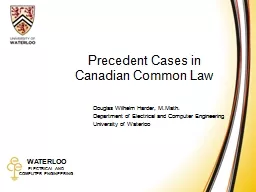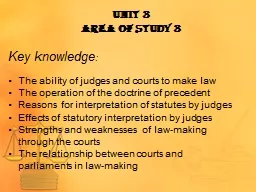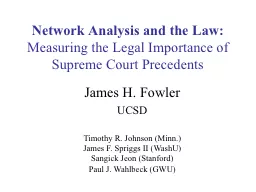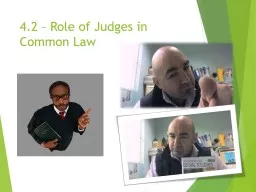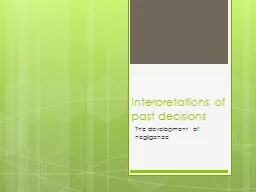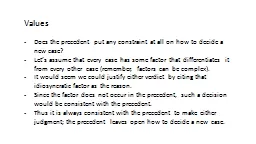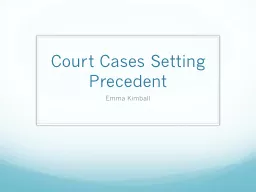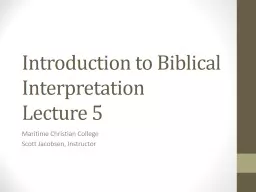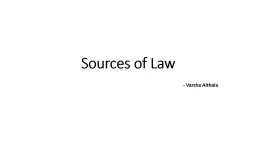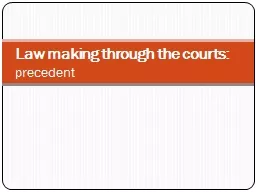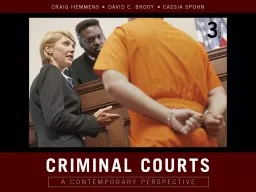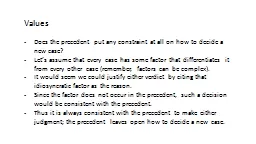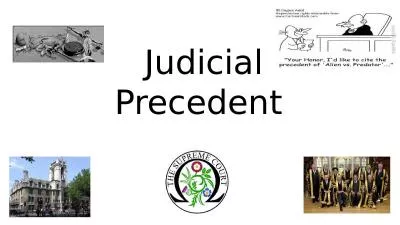PPT-Precedent Cases in Canadian Common Law
Author : natalia-silvester | Published Date : 2018-07-12
Douglas Wilhelm Harder MMath Department of Electrical and Computer Engineering University of Waterloo Outline This talk focuses on case studies which have shaped
Presentation Embed Code
Download Presentation
Download Presentation The PPT/PDF document "Precedent Cases in Canadian Common Law" is the property of its rightful owner. Permission is granted to download and print the materials on this website for personal, non-commercial use only, and to display it on your personal computer provided you do not modify the materials and that you retain all copyright notices contained in the materials. By downloading content from our website, you accept the terms of this agreement.
Precedent Cases in Canadian Common Law: Transcript
Download Rules Of Document
"Precedent Cases in Canadian Common Law"The content belongs to its owner. You may download and print it for personal use, without modification, and keep all copyright notices. By downloading, you agree to these terms.
Related Documents

